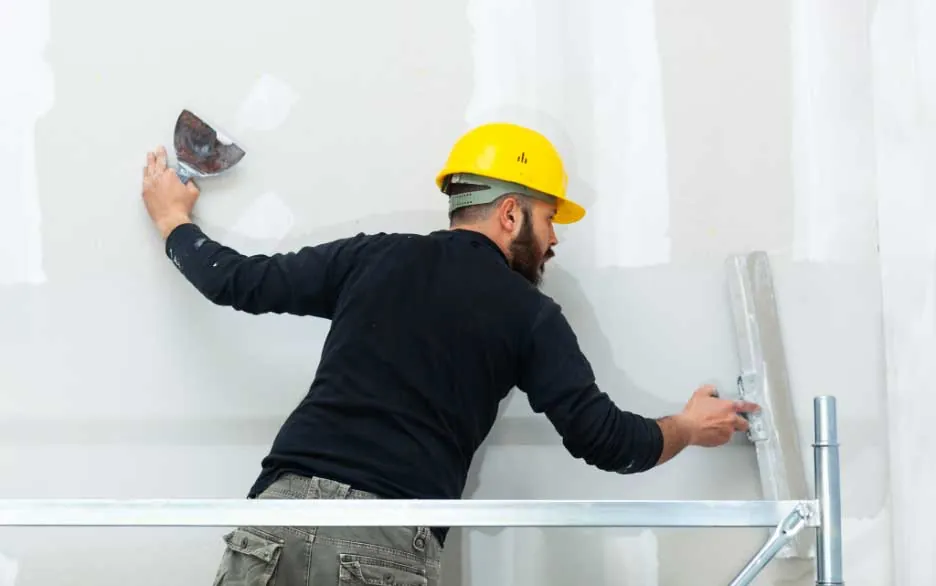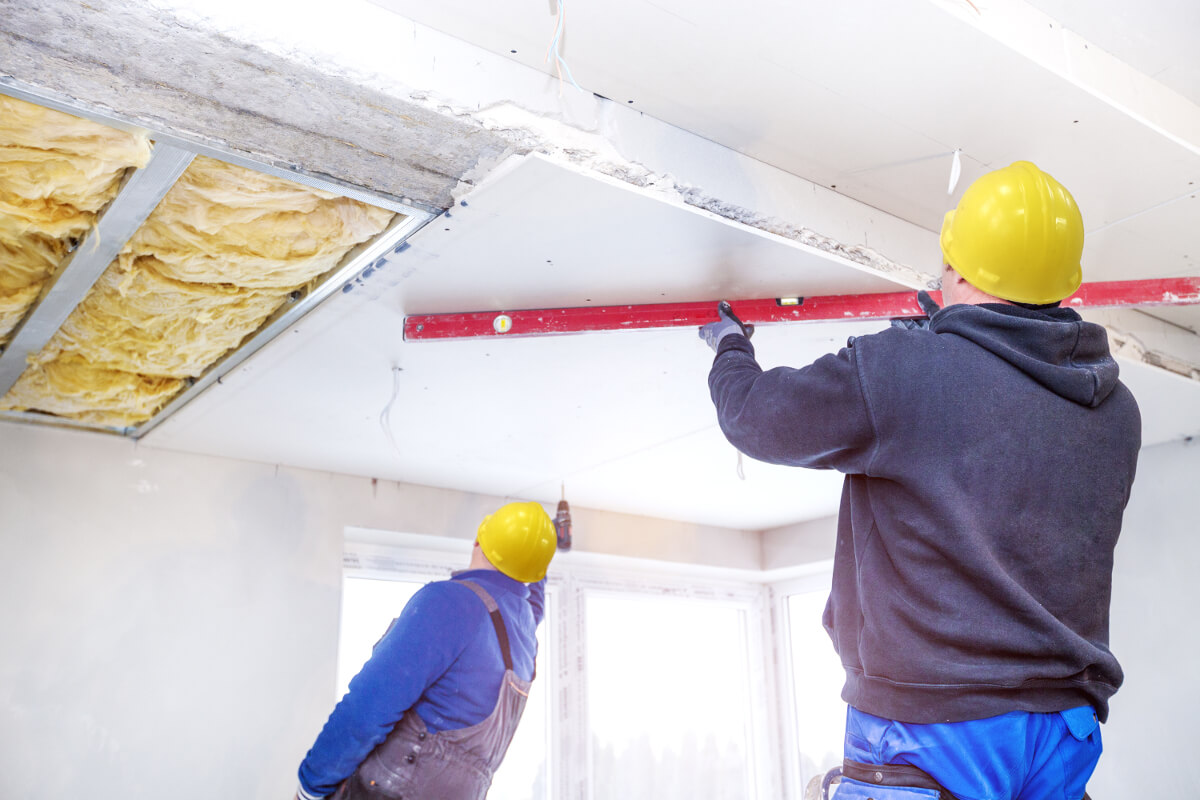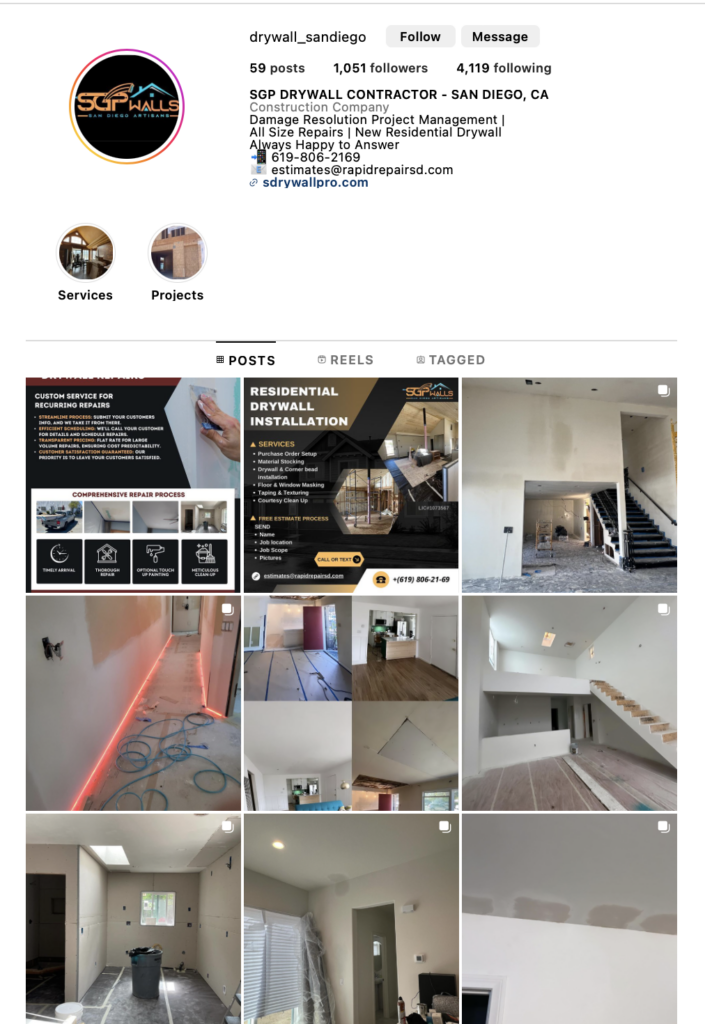Comprehensive Drywall Contractor Assistance for New Builds
Comprehensive Drywall Contractor Assistance for New Builds
Blog Article
Full Overview to Trustworthy and effective Drywall Setup
Drywall installment is a crucial part of any building and construction or renovation task, demanding a careful approach to make sure both performance and dependability. It is crucial to explore the subtleties of each action in the process, as they jointly add to the overall success of the drywall setup.
Necessary Tools for Drywalling
When beginning on a drywall installment project, having the right tools is vital for attaining a professional finish. Important tools include a drywall blade, tape measure, and a T-square, which are fundamental for accurate measurements and smooth cuts. A drywall lift is additionally highly beneficial, specifically for ceiling installations, permitting for much easier handling of heavy panels.
For fastening the drywall, a cordless drill and drywall screws are required. The drill must be furnished with a drywall bit to guarantee efficiency and accuracy. Furthermore, a vital tool is the drywall saw, which assists in cutting around other obstacles and electric outlets.

Furthermore, safety equipment such as safety glasses and a dust mask are necessary to make certain personal safety and security throughout the installment process. Utilizing the right tools not just enhances the top quality of the installment however additionally streamlines the process, making the project more reliable overall.
Preparing the Room

Next, analyze the condition of the walls and ceilings. Fix any type of existing damages, such as holes, splits, or peeling paint, to make certain a smooth and even surface area for drywall application. Additionally, look for electric outlets, plumbing lines, and cooling and heating ducts, noting their locations to prevent complications during installment.
It is additionally essential to gauge the room precisely, determining the measurements of the ceilings and walls to determine the appropriate amount of drywall required. Develop a comprehensive strategy that consists of the layout and positioning of the drywall panels.
Installment Techniques
Reliable installation techniques are crucial for accomplishing an expert surface in drywall tasks. Correct dimension and cutting of drywall sheets are basic actions.
When hanging drywall, begin from the more leading and job downward, making certain that the lengthy side of the board is vertical to the framework. Safeguard the sheets with screws instead than nails, which supply better holding power and these details minimize the danger of standing out. Location screws every 12 inches along the edges and every 16 inches in the field of the board.
For corners, use edge grains to attain sharp, tidy edges. When installing on ceilings, use a drywall lift or have a partner aid in holding the sheets in position (drywall installation). Maintain a gap of concerning 1/4 inch over the flooring and ceiling to accommodate expansion and tightening
Ending Up Touches

Begin by applying joint tape over the seams. This can be either paper or fiberglass mesh tape, with paper being favored for its sturdiness. When the tape remains in location, it's time to apply the initial layer of joint compound, additionally called mud. Use a 10 to 12-inch taping blade to spread out the compound evenly over the taped seams, feathering the sides to blend with the surrounding drywall.
Permit the substance to completely dry extensively, typically 24-hour. After drying out, sand the surface area lightly with fine-grit sandpaper to eliminate any imperfections. drywall fort worth. Repeat the mudding and sanding procedure, typically 2 to 3 layers, guaranteeing each layer is flush and smooth with the drywall surface
Usual Mistakes to Prevent
Numerous DIY fanatics come across pitfalls during drywall installation that can jeopardize the last results. One usual mistake is failing to properly reduce and determine drywall sheets.
An additional constant error is inappropriate fastening. Utilizing as well few screws or nails can bring about loosened drywall, while overdriving bolts can trigger the paper to tear, deteriorating the structure. It's important to preserve consistent spacing, typically every 16 inches, and to make certain that bolts are flush with the surface area.
In addition, not resolving dampness problems before installment can cause mold growth and architectural damages. Always analyze the setting and use moisture-resistant drywall in high-humidity locations.
Verdict
Reputable and reliable drywall installment needs thorough interest to detail throughout the procedure. By using important tools, preparing the space effectively, and sticking to ideal techniques in setup strategies, a remarkable surface can be achieved. Furthermore, mindful application of joint substance and tape during the ending basics up stage improves sturdiness and look. Avoiding usual blunders further adds to an expert result, emphasizing the significance of precision and technique in successful drywall jobs.
It is essential to explore the nuances of each step in the procedure, as they jointly contribute to the total success of the drywall installation.When beginning on a drywall setup task, having the right tools is important for attaining a specialist finish.For attaching the drywall, a cordless drill and drywall screws are required.Properly preparing the area is vital for a successful drywall setup.Reliable installment methods are crucial for achieving an expert surface in drywall projects.
Report this page